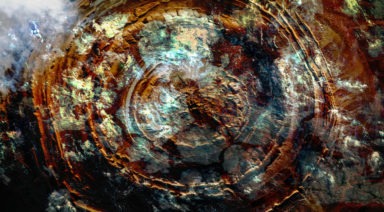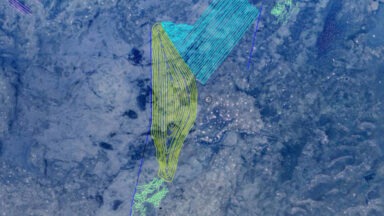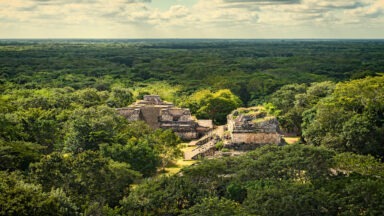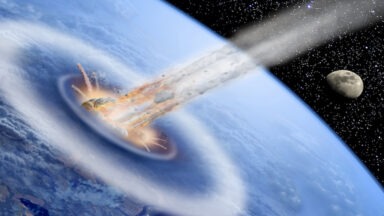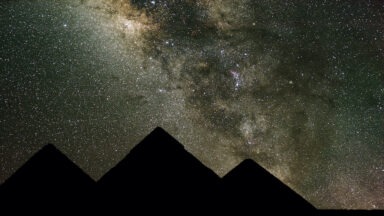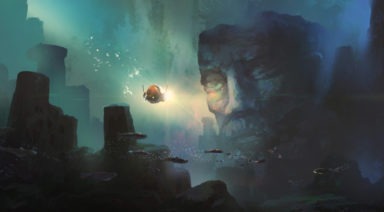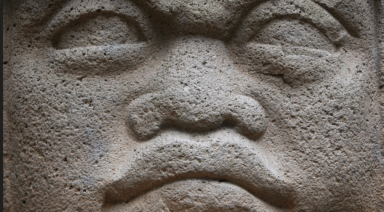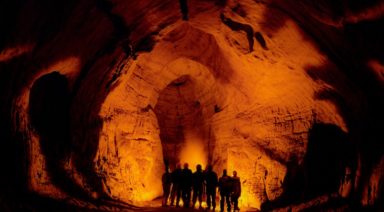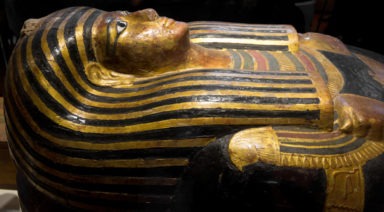Researchers Decode Ancient Egyptian Spell From Mysterious Codex
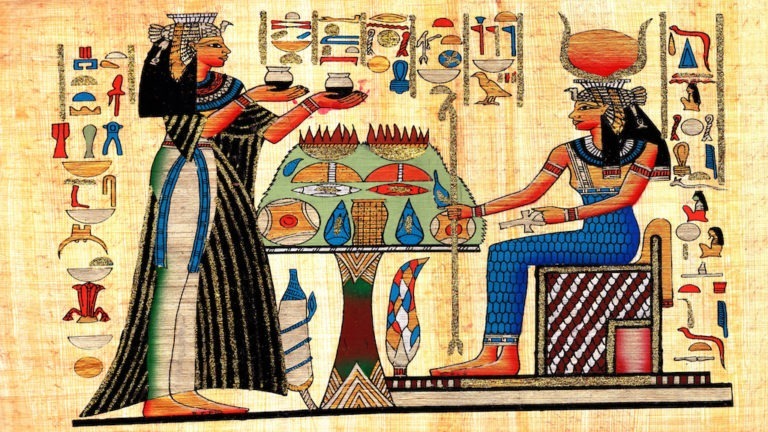
Two Australian scholars translated an ancient Egyptian handbook containing 20 pages of papyrus encoded with magic spells. The codex contains bizarre drawings and a series of enchantments written in Coptic, an Egyptian language that used the Greek alphabet. The origin of the codex, as well as its discoverer, remain unknown.
Now referred to as the “Handbook of Ritual Power,” the documents were decoded by researchers Malcolm Choat from Macquarie University and Iain Gardner from the University of Sydney. Macquarie University originally purchased the codex in 1981 from an antiques dealer, though attempts to decipher it were unsuccessful for decades.
The two initially translated the documents in 2014, but now a new translation by French academic Korshi Dosoo of a page containing a cryptic drawing, appears to be a magic love spell. Dosoo recently published his translation in the Journal of Coptic Studies. The texts are believed to have been written some 1,300 years ago in Upper Egypt and contain 27 enchantments paired with various illustrations.

courtesy LiveScience.com
The writings contain biblical references to Jesus, Adam and Eve, and a previously unknown Coptic deity, named Baktiotha. The nature of the documents’ translation led the researchers to believe it was a collection of spells made by a scholar, rather than a religious figure, who compiled it in order to help others achieve specific life goals.
The recently translated love spell seems like it was used to solve a love triangle or some other complicated romantic situation.
“Christian literary texts from Egypt which mention love spells often imply that the problem is not that the woman doesn’t love the man per se, but that he does not have access to her, because she is a young unmarried girl protected and secluded by her family, or already married to someone else,” researcher Korshi Dosoo of the University of Strasbourg, told LiveScience.
Other spells were clearly used for social or occupational purposes, such as getting along better with another person or outperforming a business rival. The codex also included spells that were clearly meant for medical applications like curing disease and other ailments.
There still remain a number of other cryptic texts throughout the world eluding scholars’ translation, most notably the Voynich Manuscript – a compendium of herbal and medicinal knowledge, with bizarre illustrations of naked women in bath halls. Since it’s discovery and identification as a rare and enigmatic codex, attempts to translate the manuscript have baffled a multitude of university professors, as well as AI algorithms built specifically to translate it. Though the Voynich text looks similar to Gaelic scripture, AI determined it to be Hebrew, while scholars at Perdue recently determined its origin to be Mexican.
For more on mysterious encryptions in ancient Egyptian art check out the documentary series, The Pyramid Code:
Who Are the Knights Templar?

One of the most enduring historical topics, one filled with mystery, drama, abuses of power and outright betrayal, is that of the Knights Templar, the guardians of King Solomon’s Temple and the champions of Christianity in Jerusalem. Chances are, you’ve seen the Templars portrayed in cinema, read about them in novels, or have followed them down alternative historical avenues. Nothing fiction can provide can come close to the truth of what started as a group of nine Knights and ended with one of the most powerful financial and military organizations ever created.
It has been implied through historical speculation, as well as dramatic fiction, that the Knights Templar protected great secrets, too dangerous for the public to discover, as they could disrupt the faith and stability of the Catholic Church, as well as every other religion that relies upon the story of Jesus Christ, as presented in the Bible.
Their connection with the Holy Grail has been implied time and time again, and the belief that they may have known of the offspring of Jesus is a popular theory that has been speculated upon for much longer than most people realize. For those with an interest in Tarot, spend some time with The Chariot card, from the Aleister Crowley Thoth deck. You will discover the theory of the blood lineage of Jesus present in that card if you are willing to look deeply enough.
Who Were the Knights Templar?
We all know that the Middle East is a source of tension, territorial disputes, and war. This fact is nothing new. The Crusades were fought in an effort to recover Jerusalem from the Muslim conquerors of that city. Jerusalem has such importance because it is a sacred focal point for Judaism, Christianity, and Islam.
It was believed that the ability to occupy Jerusalem and control it, was an indication of the divine right to rule and was coveted by both the East and the West. The Crusaders regained control of Jerusalem in 1099. The control of the city was extremely complicated and it was necessary that there be a military force engaged for policing, protective detail, guarding and other duties.
Hugues de Payens, a French knight and nobleman, became the first Grand Master of the Knights Templar. The group initially consisted of nine Knights, supported by a basic staff. Eventually, they would number in the thousands.
Why Were They Called the Knights Templar?
Their name was taken from the fact that they believed that they were camped in what used to be a part of King Solomon’s Temple, specifically the stables, which suited them just fine. Their name as known to us, Knights Templar, simply means the Knights of The Temple. A more correct name for the Knights would be, “Poor Comrades (Soldiers) Of Christ And Solomon’s Temple.”






